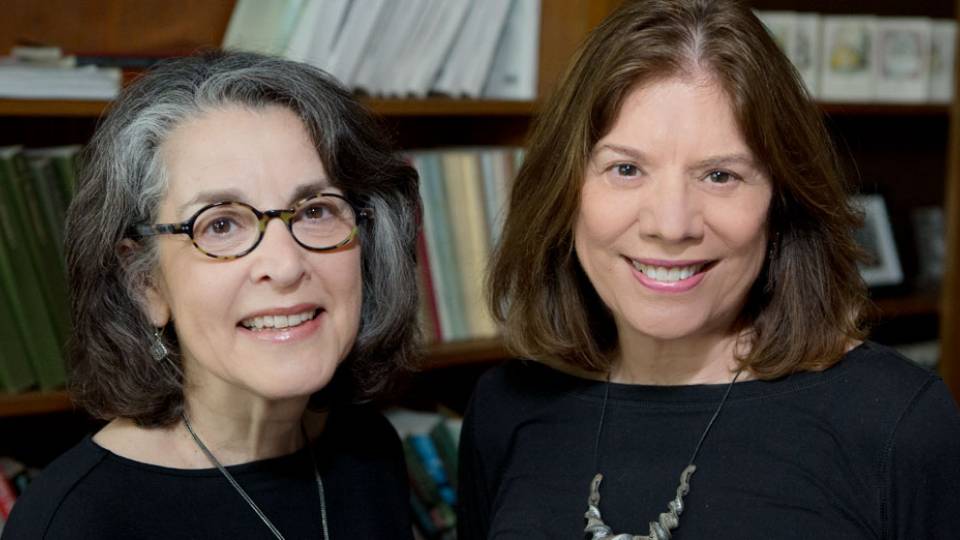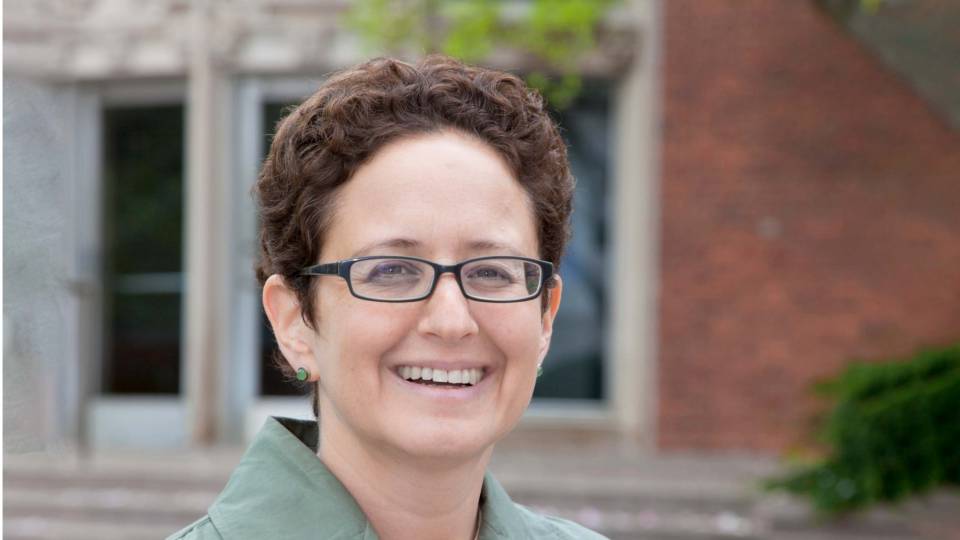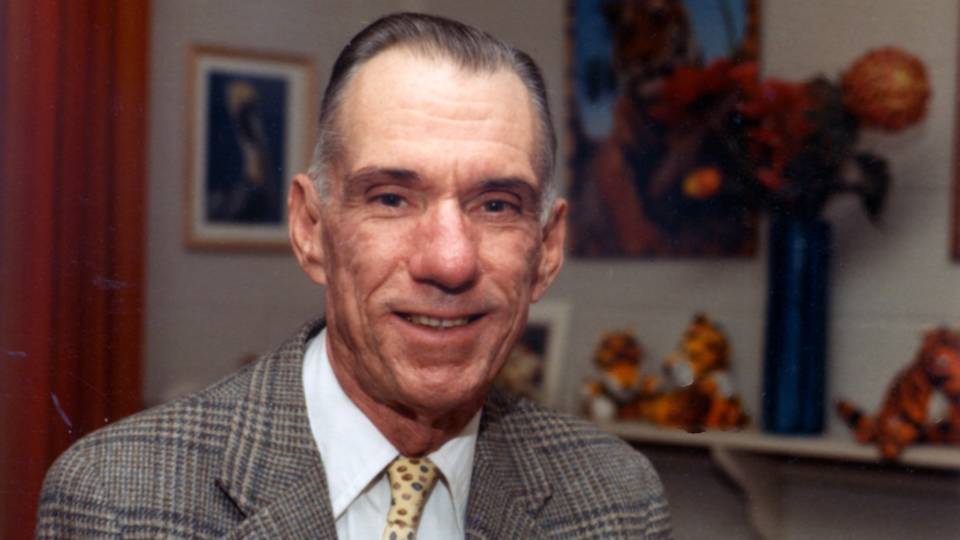In an essay that appeared in The New Republic, "Girlie, Interrupted: The Generational Progress of Feminism," Professor Christine Stansell reviewed several new books about feminism. A specialist in the history of gender in the U.S. who will teach a new course in the history of women's rights next fall, Stansell, an alumna, recently shared some observations on feminism today with the Princeton Weekly Bulletin. .
Here are some excerpts from that discussion.
Question: What is "first wave" feminism?
What we call the first wave was the movement that began in 1848 in Seneca Falls, N.Y., with the first gathering in the world devoted specifically to women's rights. Out of that meeting came what was at first a very small group of women -- for example, Elizabeth Cady Stanton, Susan B. Anthony, Sojourner Truth -- concerned with righting the wrongs society imposed on women. After the Civil War, that movement broadened and diversified, so that by the 1890s it became arguably the most broad-based social movement in the country. It culminated with winning suffrage in 1920.
Then, the discussion of women's rights went into abeyance. It's as if suffrage solved everything, though, for example, women were routinely excluded from juries, because of their domestic obligations, until the 1960s.
Question: And the "second wave"?
The second wave of organized feminism we can date -- depending on which you chose -- from 1962, and JFK's Commission on the Status of Women, or from 1965, and the founding of the National Organization of Women. These events began a debate that was then carried forth in the context of the civil rights movement. We still live in the midst of that movement, it seems to me.
Question: Is there a "third wave"?
There are a number of young women writers who are calling for a third wave -- or something, at any rate, with a new name, something they can identify with their own psychology of independence ...The young women take equality for granted, and don't want their mother's dusty old feminism.
To me, the problem is not that there is a sharp break with earlier feminists, but, rather, that there is so much continuity, so much contact between the generations. It's harder for younger women to cohere as a separate force, and they are looking for some kind of identity of their own. It seems that feminism is old enough to have produced its own vexed family dynamics.
Question: So what does the future look like?
The great problem no one has really addressed is how to create public social arrangements that allow for women's full presence in the world, that support women in not having to take on so many of the burdens of life at home, and to do so in such a way that still allows intimate life to flourish and families to flourish. Child care will keep on being an issue, abortion will keep on being an issue.
Question: As an alumna, and a faculty member, are you encouraged or discouraged by contemporary feminist consciousness?
If you compare universities in 1971 to universities in 2001, you are looking at two entirely different societies. When I came to this campus as an undergraduate, a woman couldn't walk across campus without encountering leers, snickers and funny looks. Now our women move with complete ease, not only around the campus, but around the world.
Sometimes I think I'm too sanguine, because I've lived through such a change in this incredibly male environment. Certainly, much remains to be done, but the most debilitating assumptions and suspicions about women are no longer operative, and this is a cause for joy.
Actually, universities are a paradigmatic case of second wave feminism with a third wave constituency. Those of us who began in the '70s in difficult circumstances are playing before an audience of young women who think our presence testifies to the fact that there is no problem.
It's a peculiar kind of moment.
Contact: Marilyn Marks (609) 258-3601


